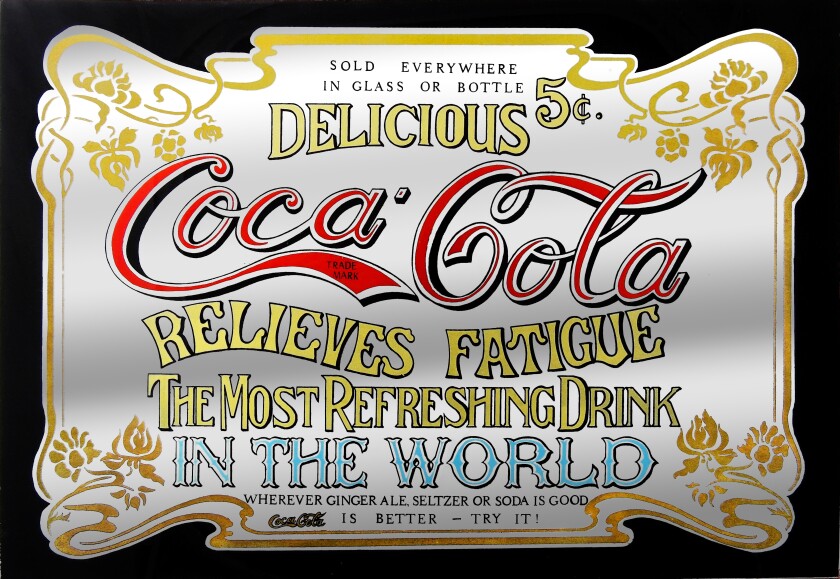On April 10 2024, a technical board of appeal of the EPO decided at oral proceedings in relation to case T 439/22 (opposition proceedings against European patent 3 076 804) to refer a fundamental question of law to the Enlarged Board of Appeal (EBA). The issue to be considered by the EBA relates to claim construction, particularly with regard to the significance of statements in the description on the interpretation of claims.
The patent-in-suit relates to a heated aerosol-generating article comprising an aerosol-forming substrate, such as a tobacco substrate. The aim of such aerosol-generating articles is to reduce harmful smoke constituents produced in conventional cigarettes. Claim 1 of the patent recites “a gathered sheet of aerosol-forming material”. According to the description of the patent, the term “gathered” has a broad meaning.
While the written decision of the technical board of appeal has not yet become available at the time of writing, the preliminary opinion of the board, issued on December 5 2023, indicates that a particular piece of prior art potentially deprives the subject matter of claim 1 of novelty if the feature “gathered sheet” is interpreted according to the broad definition indicated in the description. However, the subject matter of claim 1 might be considered novel if the term “gathered sheet” is interpreted more narrowly in accordance with a skilled person’s ordinary understanding of the term.
As noted by the board in the preliminary opinion, according to one line of case law (e.g., T 1473/19), the broad definition given in the description of the patent cannot be left unconsidered, whereas, according to another line of case law (e.g., T 169/20), the description should only be resorted to for interpreting the claims in the exceptional case where clarification is required; i.e., when a skilled person does not have a firm understanding of what a particular feature means in the relevant field of art.
According to the preliminary opinion of the technical board of appeal, a narrow interpretation of the claim language ignoring a definition given in the description would potentially conflict with a broader interpretation by national courts of the Unified Patent Court in infringement proceedings.










